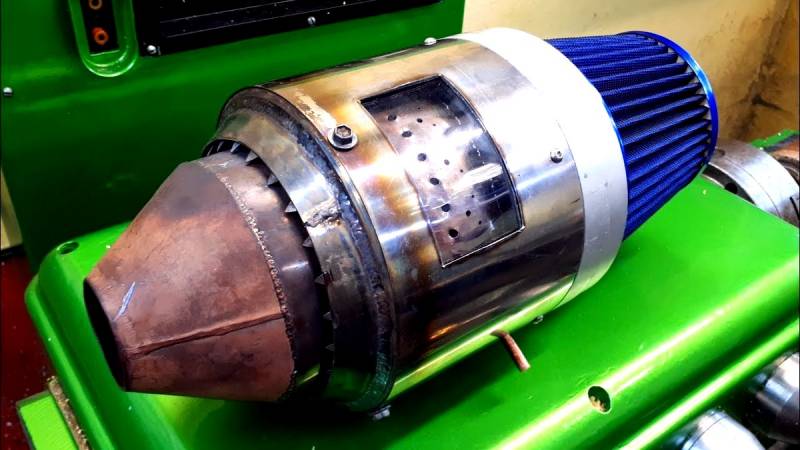Technological breakthrough: Russia was the first to create iodine-based electric rocket engines
Russia has made a big step forward in the development of space of technologies. Even Tsiolkovsky proposed using electricity to accelerate in jet engines. Such propulsion systems are called electro rocket systems. Their use can reduce the mass of the installation itself, increase the payload, shorten the flight duration and significantly increase the life of the spacecraft. Electric rocket engines are used on satellites and interplanetary spacecraft.
Xenon is used as fuel for electric rocket engines, but it is very expensive due to the small volumes of its production - not more than 10 tons per year. The Russian space corporation Energia is currently testing an electric rocket launcher that can operate on much cheaper reactive iodine instead of xenon. Thanks to the replacement of fuel, the dimensions and weight of the engine will significantly decrease. In addition, avoiding the use of xenon will radically solve the problem of fuel shortages and open the way to flights to the moon, Mars and other planets of the solar system.
The idea of using iodine as fuel was proposed by Russian engineer Valery Ostrovsky. RSC Energia in advance protected the system of storage and supply of reactive iodine from competitors with patents. Regular tests on Earth have shown the operation of the installation, now it remains to be checked first at the International Space Station, then at the Progress cargo vehicle. The experiment is planned for 2022 and was named after the name of the Russian inventor.
Xenon is used as fuel for electric rocket engines, but it is very expensive due to the small volumes of its production - not more than 10 tons per year. The Russian space corporation Energia is currently testing an electric rocket launcher that can operate on much cheaper reactive iodine instead of xenon. Thanks to the replacement of fuel, the dimensions and weight of the engine will significantly decrease. In addition, avoiding the use of xenon will radically solve the problem of fuel shortages and open the way to flights to the moon, Mars and other planets of the solar system.
The idea of using iodine as fuel was proposed by Russian engineer Valery Ostrovsky. RSC Energia in advance protected the system of storage and supply of reactive iodine from competitors with patents. Regular tests on Earth have shown the operation of the installation, now it remains to be checked first at the International Space Station, then at the Progress cargo vehicle. The experiment is planned for 2022 and was named after the name of the Russian inventor.

Information